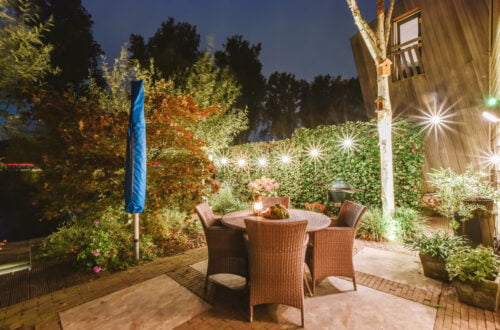The Psychology of Color: How Paint Can Affect Mood and Behavior
Are you feeling blue? Or perhaps a little green with envy? It turns out, color isn’t just a visual experience – it can have a profound impact on our mood and behavior. Welcome to the world of the psychology of color. From cozy cafes clad in warm oranges and yellows to sterile hospitals painted in calming blues, the use of color in our environment has been studied for centuries. Even ancient Egyptians used different hues to treat various ailments. But what is it about certain colors that elicit such specific emotional responses? And how can we use this knowledge to improve our own well-being? Let’s dive into the colorful world of psychology and find out!

The Importance of Color in Our Lives
Colors have a significant impact on human emotions, behavior, and mood. Different colors can evoke various feelings and reactions in people. Research has shown that warm colors like red, orange, and yellow are associated with excitement, passion, and happiness, while cool colors like blue, green, and purple are related to calmness, relaxation, and tranquility.
The color of the environment we live in can affect our overall well-being. For instance, living in a room painted with bright colors can boost energy levels but may also cause restlessness or anxiety. On the other hand, shades of blue or green in interior design have been found to promote relaxation and improve sleep quality.
Color psychology has practical applications in various fields such as marketing where brands use specific colors to evoke emotions that resonate with their target audience. Also in healthcare settings where calming shades of blue or green are used to reduce patient’s stress levels during medical procedures. Understanding how different hues influence our minds is essential for creating an environment that fosters positivity and productivity.
Psychology of Color and Their Meanings: The Symbolism Behind Popular Colors
Colors have a significant impact on our mood and behavior. Different colors are associated with specific emotions and can evoke different reactions from people. For example, blue is often associated with calmness and tranquility, while red is linked to passion and excitement.
The color green is often used to represent nature, growth, and harmony. It can also create feelings of balance and stability. On the other hand, yellow is linked to happiness, optimism, and energy. It can help stimulate the mind and promote creativity.
Black is often associated with seriousness or mourning, while white represents purity or innocence. Purple has long been associated with royalty or luxury due to its historically high cost of production.
How to Choose the Right Colors: Considerations for Choosing Paint for Different Spaces
When choosing paint colors for different spaces, it’s important to consider the lighting of the room. Natural light can significantly alter the appearance of paint colors throughout the day. It’s essential to test various shades of your chosen color in different lighting conditions before committing to a final decision. Artificial light sources also affect how paint colors appear in a room; warm tones such as incandescent bulbs cast a yellowish hue while cool-toned fluorescent lights give off blue hues.
Lastly, consider the purpose of each room when selecting paint colors. A home office may benefit from cooler tones like greens or blues that promote focus and concentration while still being calming. Meanwhile, vibrant yellows or oranges can add excitement and energy to living spaces like playrooms or dens intended for socializing with family and friends. Overall, understanding how color affects mood and behavior is crucial when choosing paints for different spaces in your home or office space!
Final Thoughts on the Psychology of Color
In conclusion, the psychology of color is a fascinating and complex field that has significant implications for our daily lives. The colors we surround ourselves with can affect our mood, behavior, and overall well-being in subtle but powerful ways. Understanding how different colors impact us can help us make more informed decisions when it comes to decorating our homes, choosing clothing and accessories, or even selecting the right paint color for a workspace.
However, it’s important to remember that the psychological effects of color are not universal. Different cultures may associate certain colors with different emotions or meanings, and individual preferences can also play a role in determining how we respond to different hues. Ultimately, the most important factor is finding colors that resonate with you personally and creating an environment where you feel comfortable and happy.
Overall, whether you’re looking to boost productivity at work or create a relaxing atmosphere at home, understanding the psychology of color can be a valuable tool in achieving your goals. By using color intentionally and strategically, you can harness its power to enhance your mood and improve your quality of life.






